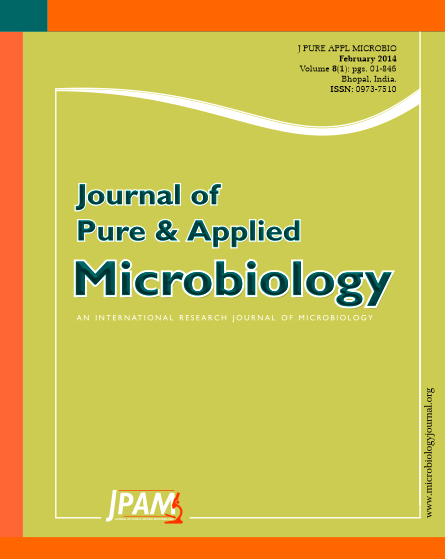Jatropha curcas L. has been considered a potential source of seed oil for the production of biofuel. The aim of this study was to estimate the change in carbohydrate and phenolic content of Jatropha seeds after deterioration under storage condition. For estimation of carbohydrate and phenol fresh, stored as well as infested Jatropha seeds were used. Whole seed and kernels were infested with six dominant fungi viz. Alternaria alternata, Aspergillus flavus, Aspergillus fumigatus, Aspergillus niger, Fusarium chlamydosporum and Penicillium glabrum separately. Four different concentrations of seed samples viz. 50µl, 100µl, 150µl and 200µl were taken for the carbohydrate and phenol estimation of stored as well as infested Jatropha seeds. Carbohydrate content got reduced during storage while the phenolic content increases to show their antimicrobial effect. Maximum carbohydrate found was 50mg/ml at 200µl concentration in Fusarium chlamydosporum infested Jatropha seeds followed by Penicillium glabrum i.e., 30mg/ml and minimum carbohydrate content found was 1mg/ml at 50µl concentration in Aspergillus flavus infested Jatropha seeds and 4mg/ml in Aspergillus fumigatus at 50 µl concentration in infested Jatropha kernels. Maximum Phenol content found was 190mg/100mg dry wt. in Fusarium chlamydosporum infested Jatropha kernels followed by Penicillium glabrum infested Jatropha seeds and kernels i.e., 180mg/100mg dry wt. at 200µl concentration while minimum phenol content was found nearly same i.e., 5.33mg/100mg dry wt. and 5.67mg/100mg dry wt. at 50µl and 100µl concentrations in fresh seeds, respectively.
Jatropha curcas, Seeds, Storage, Carbohydrate, Phenol
© The Author(s) 2014. Open Access. This article is distributed under the terms of the Creative Commons Attribution 4.0 International License which permits unrestricted use, sharing, distribution, and reproduction in any medium, provided you give appropriate credit to the original author(s) and the source, provide a link to the Creative Commons license, and indicate if changes were made.


